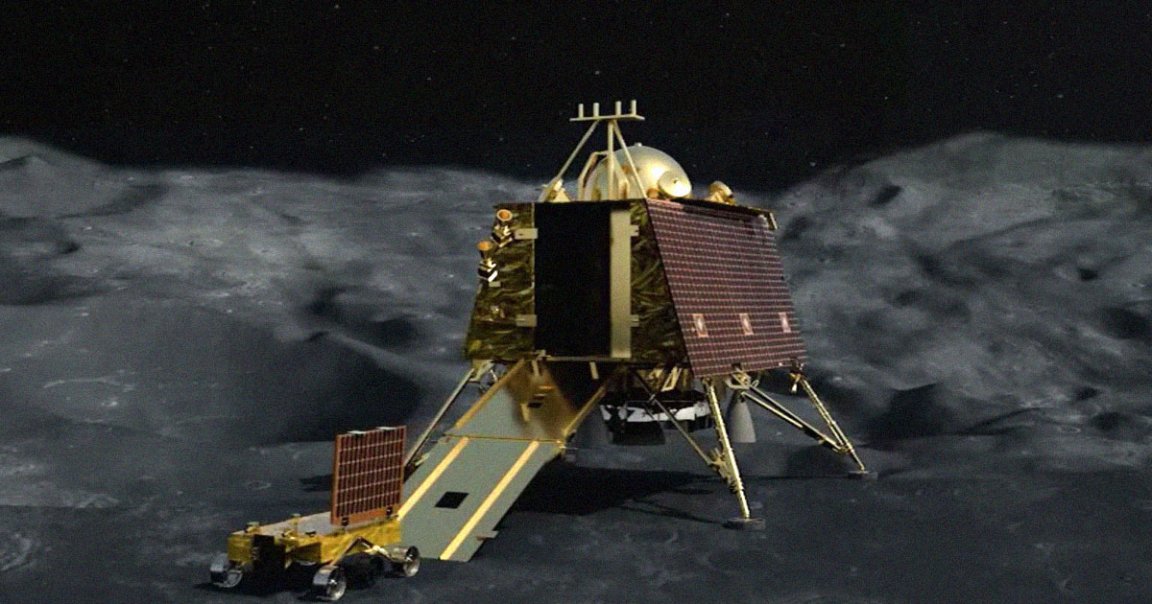
Southern Border
India performed an astonishing feat earlier this year, becoming only the fourth country in the world to softly touch down on the lunar surface.
Its Vikram lander safely landed near the rough terrain of the Moon’s south pole, an apparent world’s first.
But not everybody agrees on that last point. Chinese scientists, in particular, are now questioning whether Vikram actually ever made it to the area broadly defined as the Moon’s south pole, the South China Morning Post reports.
Ouyang Ziyuan, the chief scientist of China’s first lunar mission, told the Chinese Academy of Sciences’ Science Times newspaper that the landing site of India’s mission “was not at the Moon’s south pole, not in the polar region of the Moon’s south pole, nor was it ‘near the Antarctic polar region.'”
Are Ouyang’s comments simply pedantry, or is he making an important distinction? Either way, there could be a degree of competitiveness at play. China is also putting a lot of resources into exploring the region, with its Chang’e-7 mission, tentatively scheduled for 2026, aiming to land near the Shackleton crater at the south pole itself.
Pole Position
While Ouyang’s comments may sound like nitpicking, they’re not entirely unwarranted. The numbers suggest Vikram — if it weren’t for the fact that it’s currently frozen in place — has a long way to go before actually reaching the Moon’s south pole, as strictly defined.
And that’s important, considering the pole is one of the most promising places to look for the presence of water ice.
Vikram landed at a latitude of roughly 69 degrees south, which is indeed a far shot of the polar region Ouyang considers to be between “88.5 and 90 degrees.”
NASA has a slightly looser definition, considering anywhere between 80 and 90 degrees to be the Moon’s polar region.
Richard de Grijs, a professor at Macquarie University in Sydney, Australia, told the SCMP that the current evidence of the presence of water ice is “much closer to the south pole” than India’s landing site.
Polar region or not, Vikram unquestionably made history by becoming the southernmost spacecraft to have landed on the Moon, even closer to the lunar south pole than China’s Chang’e-4, which landed on the far side of the Moon in 2019 in a region dubbed the “South Pole-Aitken basin.”
Chang’e-4 landed at a latitude of 45.55 degrees south, far closer to the equator than Vikram.
“The moment you land a rover close to the south pole and certainly within what’s defined as the south pole region is already a major achievement,” Quentin Parker, astrophysicist and director of Hong Kong University’s Laboratory for Space Research, told the newspaper.
“I think that nothing should be taken away from India because of that,” he added.
More on India’s mission: Hellish! Indian Rover Detects Sulfur at Moon’s South Pole